 Set in Los Angeles, Women in Trouble is an ensemble comedy which follows ten woman over the course of 24 hours. The film begins with porn starlet Electra Luxx, whose life has been turned upside down by the discovery that she is pregnant. From there the film bounces around, following up-and-coming porn star Holly Rocket, her friend Bambi, a therapist whose just discovered her husband has been unfaithful, a successful business woman with a secret, and a flight attendant. Sebastian Gutierrez' Women in Trouble is a film which sets out to show women in their eclectic variety, but the director's penchant for showing off the female form seems to get in the way of any type of interesting statement. This is a film that's loaded with beautiful woman, with many of them scantly dressed. Being a red-blooded typical heterosexual male this didn't bother me per se, but I began to question whether this film was simply the director's excuse to get a bunch of attractive women together. Like most ensemble flicks, the film has these characters lives intersect, but in this film their connections are mundane and trivial, with the director never seeming to have anything profound or interesting to say. I believe the point of Woman In Trouble is to capture how most people aren't nearly as well adjusted and perfect as they let on, showing how everyone from all walks of life have issues. Unfortunately it's a very shallow attempt that doesn't carry much emotional weight outside maybe one sequence towards the end which almost feels out of place in doing so. I guess the characters from top to bottom are just two one-note, regardless of how much humanity the film tries to instill. Sebastian Gutierrez's Women in Trouble has a few decent comedic moments through out but the film feels rather empty and devoid of much meaning thanks to the film's thin material. 5/10
0 Comments
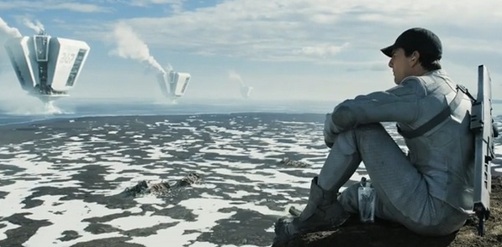 Taking place in the future, Joseph Kosinski's Oblivion tells the story of Jack Harper, a droid repair specialist whose stationed on an evacuated Earth. Jack is part of a massive undertaking to extract the vital resources from Earth which has been decimated after decades of war with an alien race, who still scavenges the planet. With Jack's mission nearly complete, he will soon be able to join Earth's other survivors on a lunar colony orbiting Saturn. After a crash landing in which Jack rescues a human from the wreckage of her spacecraft, Jack begins to realize a connection between the woman and his past memories. Unbeknownst to him at first, her arrival triggers a series of events which will force Jack to question everything he has ever known. Joseph Kosinski's Oblivion is a rather original science fiction epic about redemption and the power of the human spirit. With Tron Legacy, Kosinski announced himself as a visionary director and Oblivion further establishes that fact. The film is stunning from a visual perspective, with Kosinski and company doing a great job at designing this living and breathing world. Everything in this world which they've created just feels right from the the production design being clean and sterile, to how technology is inventive yet practical. Oblivion is a film that makes it clear early on that something is wrong with Jack's world as he knows it, giving the viewer tons of memory-infused flashbacks. We are never given enough to figure out exactly what is going on but it is apparently early in the film that Jack's character is being deceived. Personally, I thought the whole film could have been more subtle in approach, with the memory flashbacks being far too abundant for my taste. While the narrative is compelling, it never grabbed me as much emotionally as it needed too, though one can certainly not deny its ambition or scale. The connection between Jack and the woman is a case of being told instead of shown, with myself never really feeling the connection they shared. In the end Joseph Kosinki's Oblivion is a gorgeous piece of science fiction filmmaking and even though it goes through too many of the familiar tropes of the genre, one cannot deny its visual power. 7/10  Heidi lives in Salem, Massachusetts, where she spends her nights working as a radio station DJ. On day she receives a mysterious wood box that contains a record by "The Lords". Soon after listening to the record, strange things begin to occur for Heidi who begins to fear she may have awakened the "Lords of Salem" who are out for revenge on Salem. Rob Zombie's The Lords of Salem is his most mature film to-date in delivering a brooding, atmospheric experience. While I've been a fan of most of Zombie's work, his other films have a much more chaotic approach to Horror, with most of the films being extremely violent. Lords of Salem is different, with Zombie coming off as a more mature filmmaker who realizes that the psychological aspect of Horror tends to be much more effective than gore. Lords of Salem is a brooding piece of film-making that takes it time slowly building tension around Heidi and this evil force. Lords of Salem plays with perception, with Heidi struggling to maintain her sanity, with Zombie doing a good job at putting the viewer into her point-of-view. Easily his most impressive film from a visual standpoint, Lords of Salem has some great imagery, expressionistic lighting, and subversive aspects which make it his most artistic film to date. One of my favorite choices being the christian imagery which subtlety envelopes the film, adding to the effective atmosphere. Typical of Zombie's films, the writing leaves something to be desired with some of the dialogue and banter between the characters coming off as artificial or just plain out of place. Rob Zombie's Lords of Salem is a twisted and imaginative horror film that is a great step for Zombie the filmmaker, capturing his ability to do far more than just sadistic gore. 7.75/10 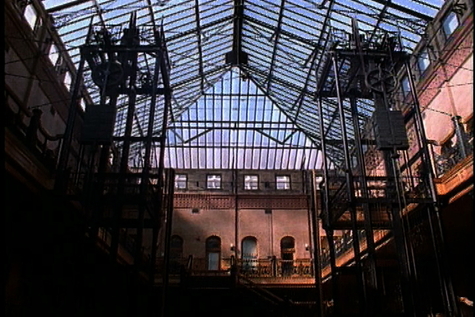 Using clips from well-known movies to more obscure gems, Thom Andersen explores the realities and mysticism surrounding Los Angeles, a city which was produced by Hollywood itself. Thom Andersen's Los Angeles Plays Itself is divided into three segments: "The City as Background", "The City as Character" and "The City as Subject", with each providing a fascinating commentary on how Los Angeles was shaped and molded through the years by the industry of filmmaking. Los Angeles Plays Itself is a film told with passion, as Andersen somewhat exhaustively looks at the various political and social issues which shaped the city we know as L.A. Andersen's commentary about how Hollywood played a major part in shaping Los Angeles is somewhat seething at times, blaming the movie machine's aura for the city's lack of identity. The connections Andersen makes are intriguing, fascinating and opinionated but one cannot help but fine themselves engaged in this man's tour of the city he loves. Running nearly 3 hours in length, Los Angeles Plays Itself is a little bit of an endurance test that the average viewer may find monotonous or tiresome but for individuals passionate about filmmaking or really Los Angeles in general, Andersen's film should not be missed. 8.25/10 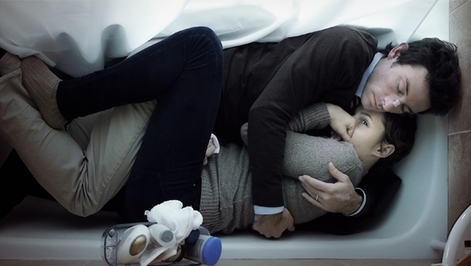 It has been quite awhile since I've experienced a film which challenged me the way Shane Carruth's Upstream Color has. The film centers around Kris and Jeff, two individuals who feel drawn together for reasons they can't seem to understand. Their memories and identity are fractured, with them trying to assemble the fragments of their lives. Shane Carruth's Upstream Color is a film that really doesn't require much of a narrative description but from what I've gathered these individuals have been infected by some sort of powerful parasite. This is a film that does not spell anything out for the viewer, placing them directly into the same situation as its characters - clueless and searching for answers. Carruth isn't interested in explaining the film in one big moment, instead asking the viewer to stick with it, laying small, gradual hints which lead to comprehension. Thematically the film is a bit hard to define but for me it seemed to touch on issues of Identity and Memory. For most of the film these two characters have a very fragmented perception of both of these attributes, which is both nightmarish and poignant in showing our need for connection and hope. Upstream Color uses imagery and sound design to create this atmosphere that seems intent on hypnotizing the viewer. It feels like a dream, with much of what is shown feeling like fractured memories. While Upstream Color is a fascinating and unique experience it isn't without a few minor faults. For starters, I found some of the acting to be a little too mechanical for my taste, with Shane Carruth once again reminding me of his limited acting ability. Honestly this isn't a huge deal considering the type of film this is but it is still worth mentioning. The more pressing criticism I have revolves around the monotonous atmosphere which the film creates. One could certainly make an argument that this aids in the hypnotic effect of the film but I personally found the films sombre synthetic score to become a little too overbearing and repetitive at times. Shane Carruth's Upstream Color is an ambitious and unique experience that should be seen by fans of unconventional narrative filmmaking. 7.75/10 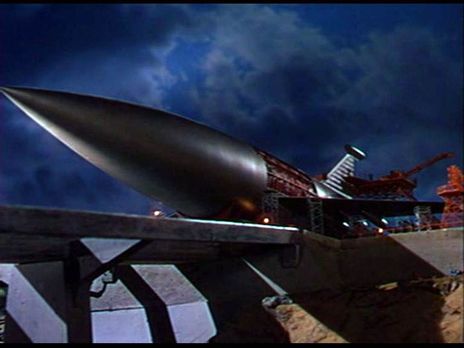 Dave Randall, a skilled pilot, is called to a remote location by Dr. Bronson, an astronomer, who pays him to deliver a pair of photographs to another colleague, Dr. Hendron. With the photo's intentions being unknown to Randall at first, he soon discovers that he has been let in on a major secret, the impending end of the world as we know it. The astronomers have discovered that the planet Zyra will collide with Earth and wipe out all of humanity in a matter of months. With the theory facing widespread disbelief, the two astronomers manage to convince some very wealthy men to fund the construction of a rocket ship that they believe will get them to Zyra, which theoretically may be habitable for humans. Rudolph Mate's When Worlds Collide is an early disaster film that looks cheesy by today's standards, but its narrative structure would become a staple of the scifi disaster flick for years to come. When we are first introduced to Dave Randall he is a ladies man whose carefree demeanor presents him as a man with little substance or worth. It's through this extermination event which Randall becomes an important cog in humanities survival, while learning a bit about sacrifice. Randall's character arch, going from somewhat selfish to caring, is an example of how this films narrative supplied some of the major tropes of the sci-fi apocalypse genre. Another far more simplistic example of this lies in exposing the Dog Eat Dog nature of humanity. Obviously the rocket ship has severe limitations revolving around the number of passengers and cargo it can carry and this leads to a slight commentary on the darker-side of humanity, though I wouldn't call it cynical by any means. Even for the time, When Worlds Collide lacked a major budget with Mate relying heavily on ingenuity to make up for this. The film uses a barrage of stock footage, color filters, and matte work to create this living and breathing world that is believable and captivating, especially for the time. While the love triangle subplot of When Worlds Collide felt incredibly unnecessary to the story, overall, When World's Collide is an enjoyable early disaster film that provides a lot of context into how these type of films evolved going forward. 7/10  In Outside Satan, Bruno Dumont uses his ultra-naturalistic style to explore a story with supernatural elements. It's a tepidly paced film revolving around a loner character who lives in the marsh in the countryside of France. The film dives deep into the examination of good vs. evil and the space in-between which can become muddled and uncertain. Of all of Dumont's films this one has the least amount of reliance on dialogue, opting to submerge the viewer in this mundane and hopeless, yet beautiful countryside. There is no real "story" in this film, but rather a fascinating exploration of themes. Loaded with religious allegories, Outside Satan seems to ask the question: If our saviour was to come back to earth, would we even know it? and would be we able to differentiate this saviour from the devil? How does one even determine what is GOOD or EVIL? Bruno Dumont's film is layered, complex and thought-provoking and while it is certain to alienate or turn off some viewers with its tepid pacing, it's a rich exploration of the themes mentioned above that will almost certainly require multiple viewings and time to reflect. 8.25/10 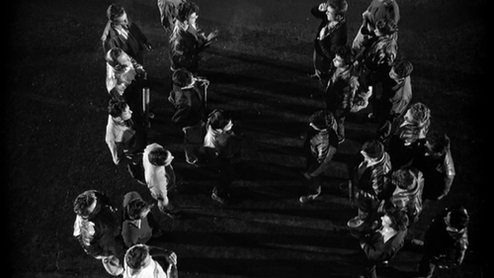 Frankie is the leader of the Hornets, a youth-filled street gang that has its share of fights and run-ins with the law. When one of the members of the Hornets is ratted out to the police by a neighbor, Frankie vows for revenge. With Frankie's anger growing, he decides to murder the Mr. McCallister, the man who ratted out his fellow gang member. Don Siegel's Crime in the Streets is a intense and relatively fast-paced melodrama that takes a pensive look at youth's desire to rebel from society. The film starts off very promising, with a well-crafted opening sequence which sees two rival gangs engage in fisticuffs. The action envelopes the title sequence, making for an engaging intro that sets up this world which Frankie and his Hornets live in. Crime in the Streets takes the time necessary to establish this time where youth gangs were common and many adults struggled to keep their children under control. We see how some parents fight tooth and nail to save their child from this life while others have simply given up completely. Crime In the Streets really captures how the majority of these teenagers simply live behind their tough facade, essentially mimicking what they've grown to believe is necessary. It doesn't completely blame the environment for their actions but a combination of things. While the film's thematic intentions are solid, if not unique, the reason to see this film is John Cassavetes performance. Making his acting debut as Frankie, the leader of the Hornets gang, Cassavettes brings an intensity to the role that is transfixing. Frankie is a young man whose busting from the seams with Anger and Cassavetes balances this character's intensity marvelously. Don Siegel's Crime in the Streets isn't anything particularly groundbreaking in theme or story but it never shy's away from showing the brutality and in combination with Cassavettes intense performance it's certainly worth seeing. 7.75/10 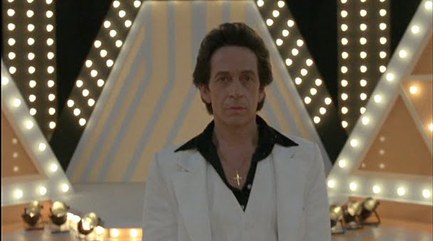 Raul Peralta, a 50-year-old man, is obsessed with John Travolta's character from Saturday Night Fever. He spends his days perfecting his impression until the weekend, where he acts out his favorite scenes from Saturday Night Fever in a small bar. Raul has dreams of success in showbiz, and when a major Tony Manero impersonating contest is announced, he may have a shot at living out his dreams. Although because of Raul's obsession, he stops at nothing to get what he needs to capture his idol's persona, committing crimes of theft and even murder that leaves the secret police on his trail. Much like his first film, Pablo Larrain's Tony Manero is a commentary on the oppressive regime in Chile, painting a bleak picture of the climate during the time. Throughout this story the presence of Augusto Pinochet's dictatorship is felt, though it is never put in the forefront of the narrative. We see secondary characters affected by this but much of the films' point lies in Raul's actions being symbolic of the oppressive regime. While Raul is an undeniable portrait of a sociopath, he is a man whose lost his own identity to the totalitarian state with the film using his extreme resolve in getting what he needs to create his impression as a result of cultural imperialism. The aesthetic that Pablo Larrian and company create for the film is perfect, using a dark palette almost devoid of color along with grim and dusty locations. It looks how oppression feels but the use of soft focus is my favorite part. There are multiple scenes throughout this film where our characters are shown in a soft focus, with Larrain using this blurred affect to visually express this loss of identity the characters feel. Pablo Larrain's Tony Manero is a grim, dark exploration of the effects a totalitarian regime has on its citizens, with Larrain using sex and violence to hammer the point home in an interesting and fascinating way. 8/10 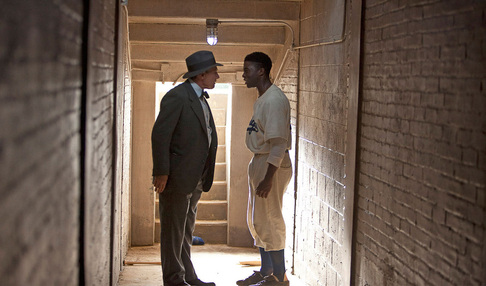 In 1946, Branch Rickey, the Brooklyn Dodgers GM, put himself in the forefront of American history when he decided to sign Jackie Robinson to his team. This of course broke Major League Baseball's color line, putting Rickey and Robinson on the forefront of public dissension. While Rickey's commitment was extremely important it is the courage which Robinson showed on the field in his unwillingness to flinch or fight back. Brian Helgeland's 42 is an inspiring and entertaining retelling of this important story and while it's certainly light and fluffy considering the material, that doesn't mean it isn't a film which everyone should see. I guess the word to describe "42" is competent, being inspiring but never going far enough to be something truly impressive. The film touches on some very interesting themes from how Money and Capitalism played an extremely important rule in helping Jackie Robinson overcome this extreme racism and hatred to just how hatred is what breeds racism in the first place. We see how Jackie's talent was what ultimately opened the door to acceptance and how his teammates themselves began to be attacked with racial slurs themselves for protecting their teammate. I guess I just wish the film would have been a little more deep in exploring the times but it clearly keeps almost its entire narrative focus on Jackie's rise. Make no mistake, 42 is a crowd pleasing tribute to Jackie Robinson and I'm not sure I have a problem with '42' being rather light and modest because that way more people, young and old, can experience how important Jackie Robinson was. 7.25/10 |
AuthorLove of all things cinema brought me here. Archives
June 2023
|
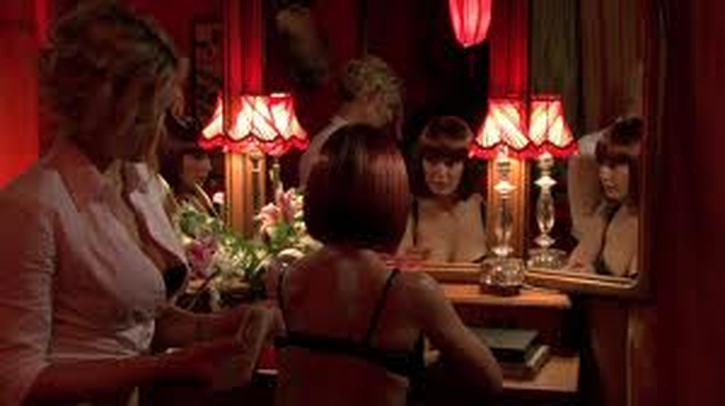
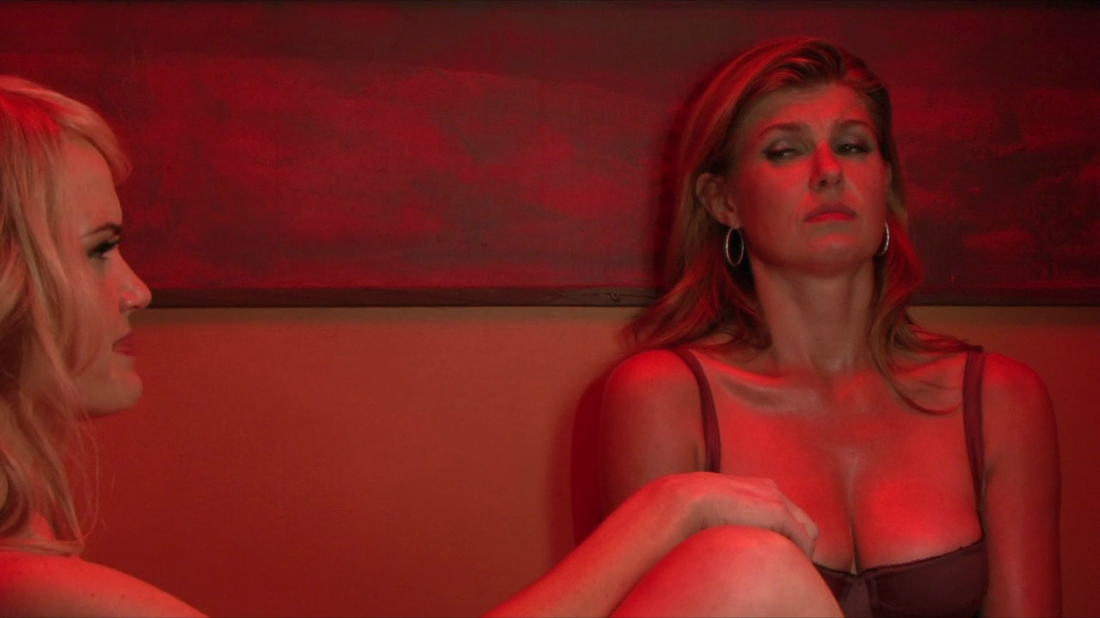
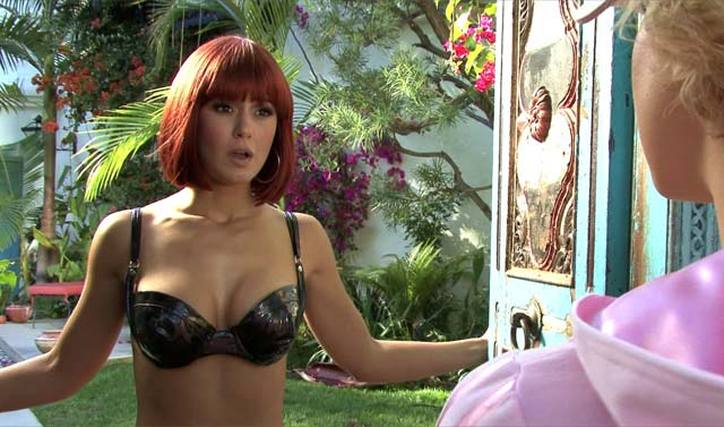
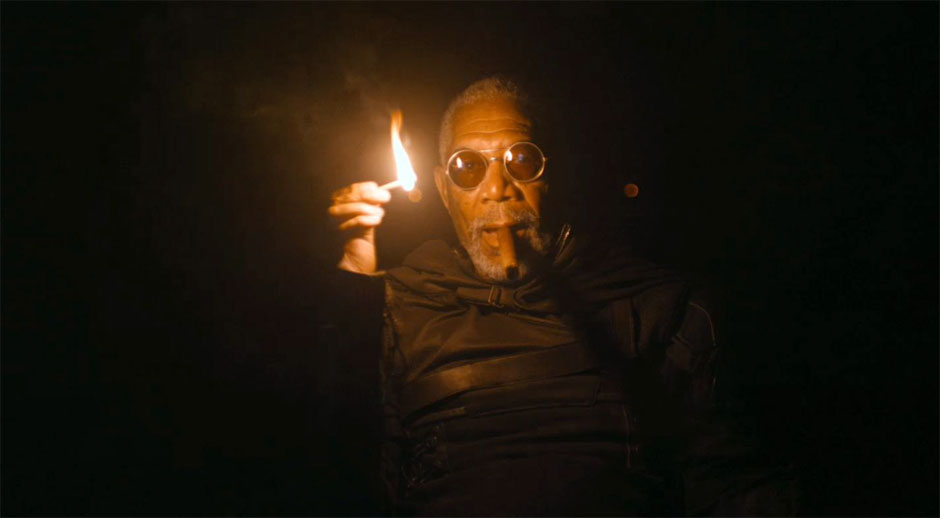
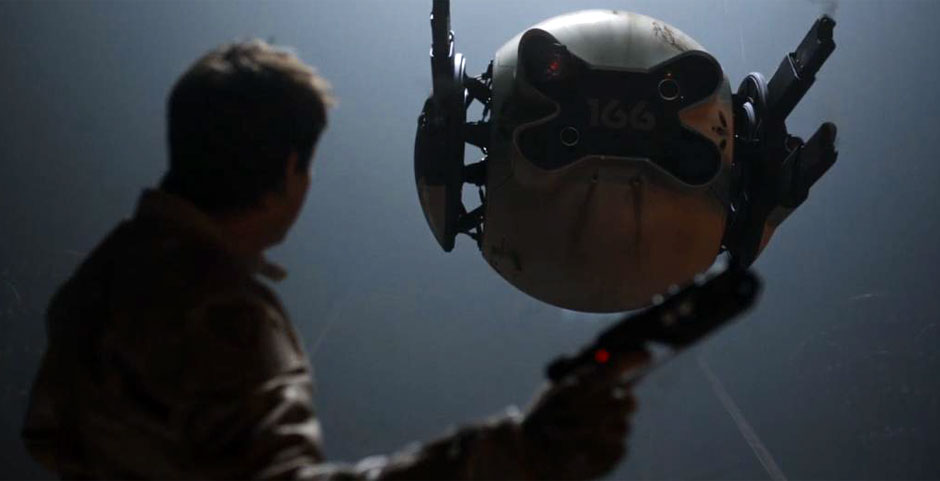

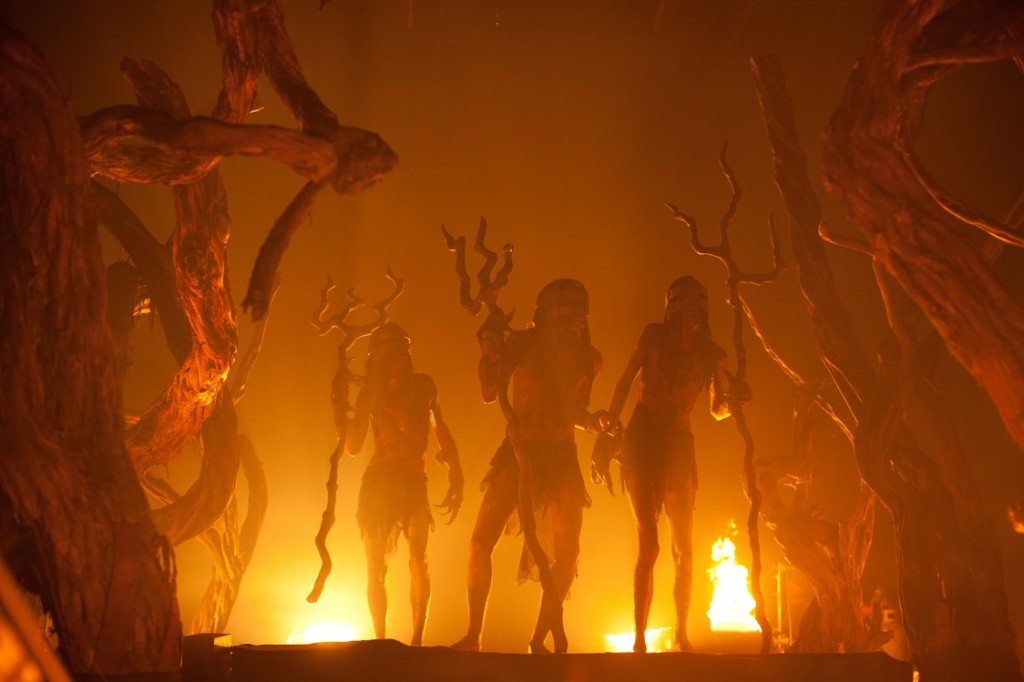
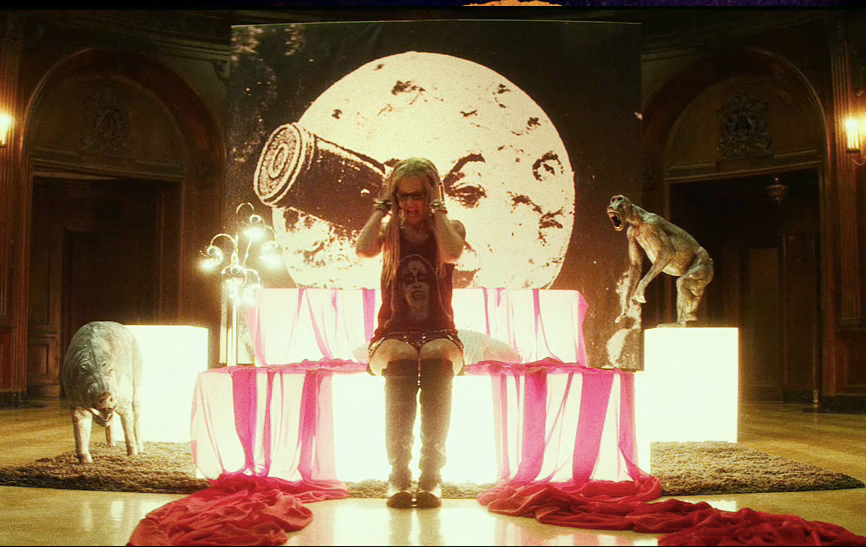
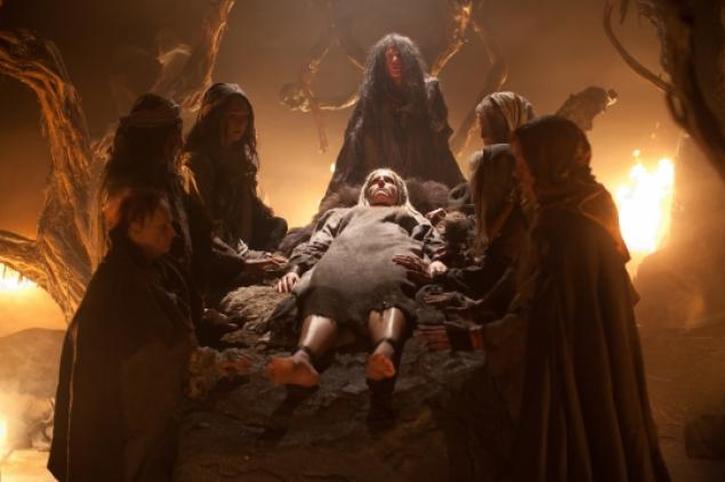
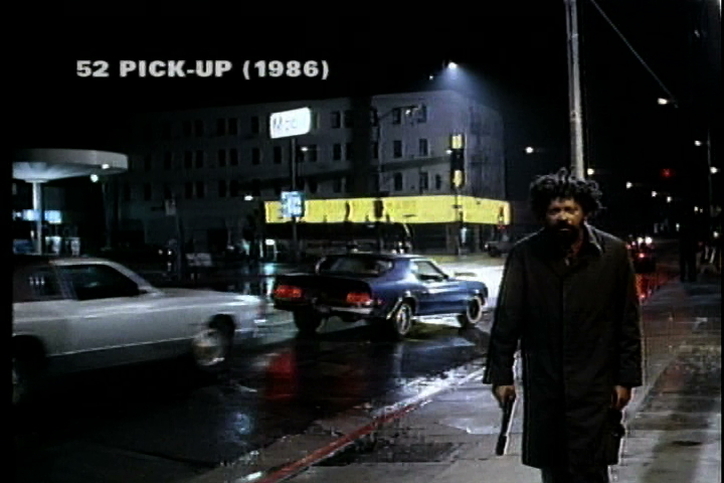
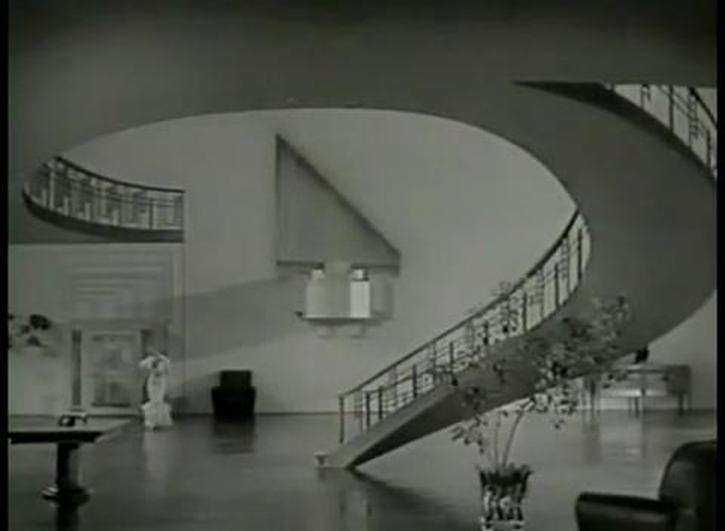

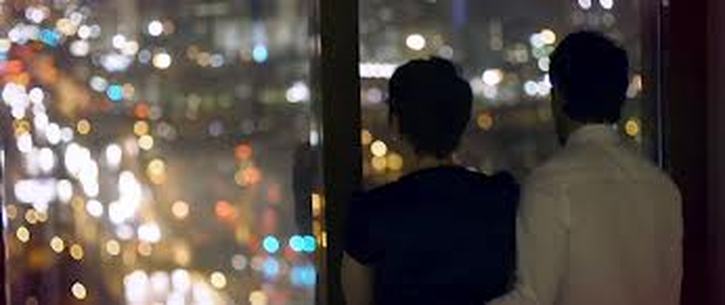

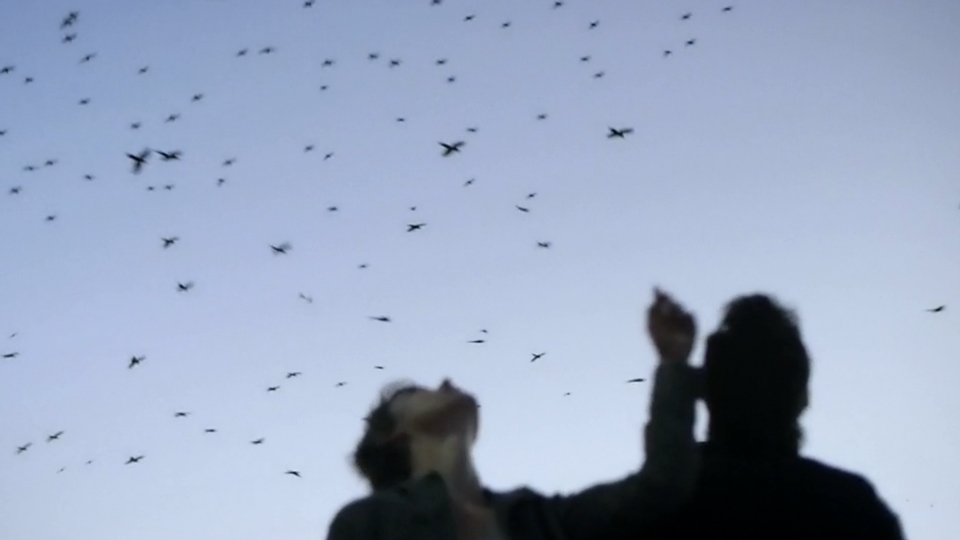
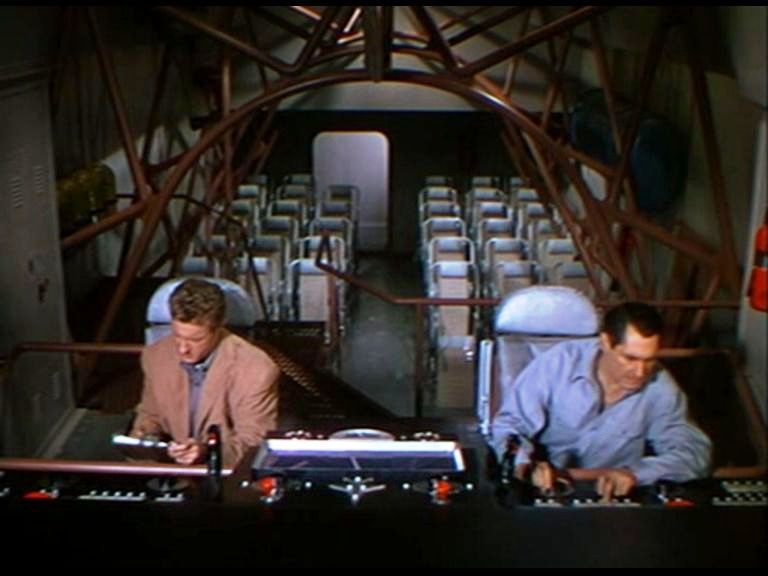
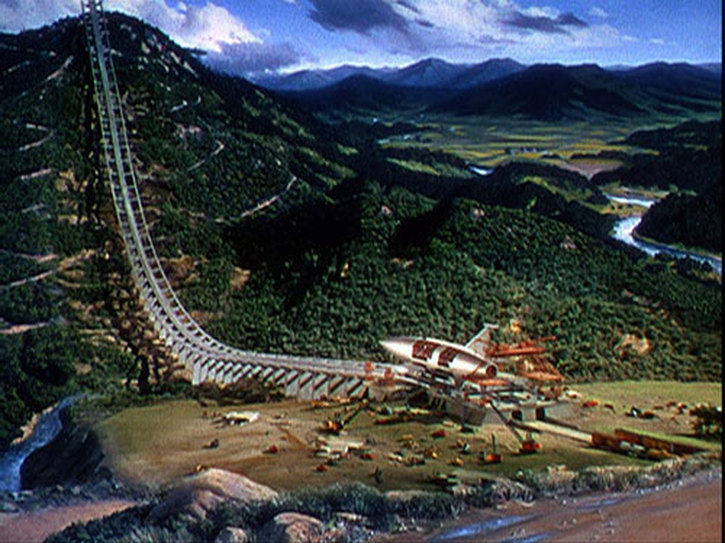
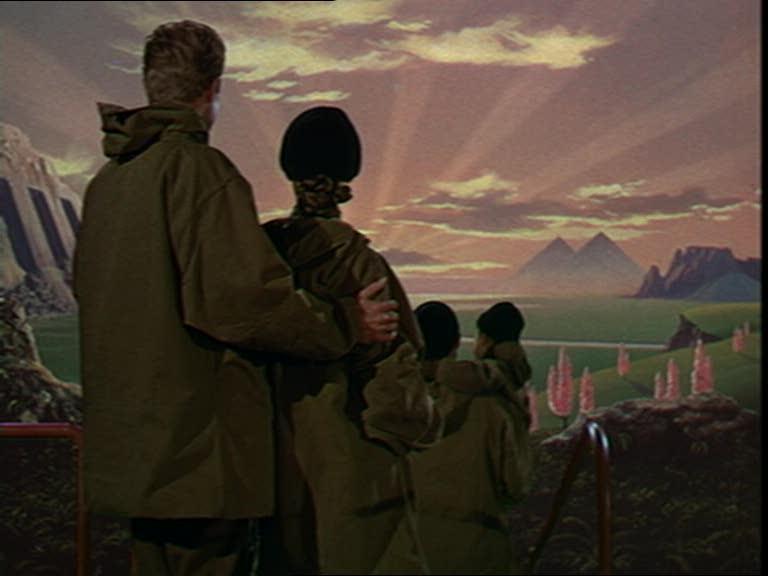

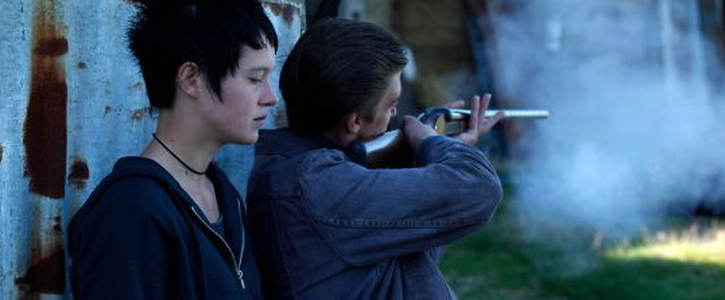
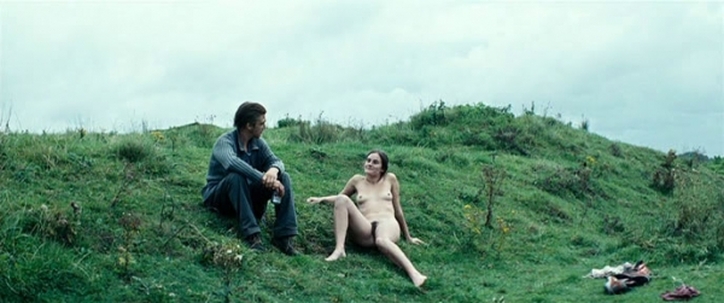
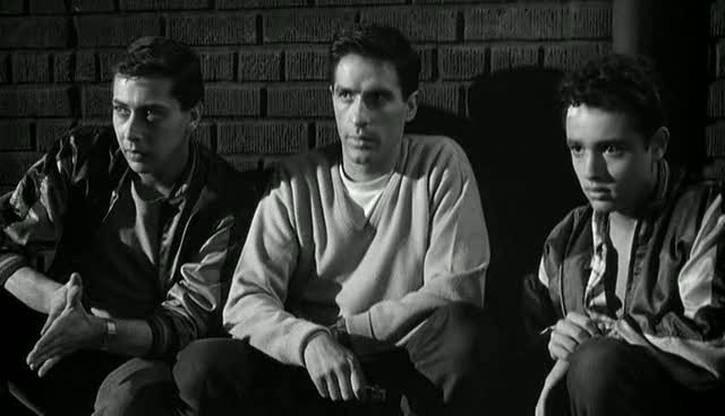
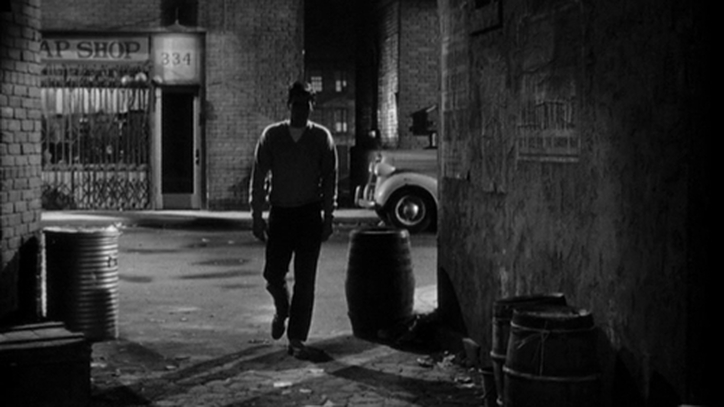
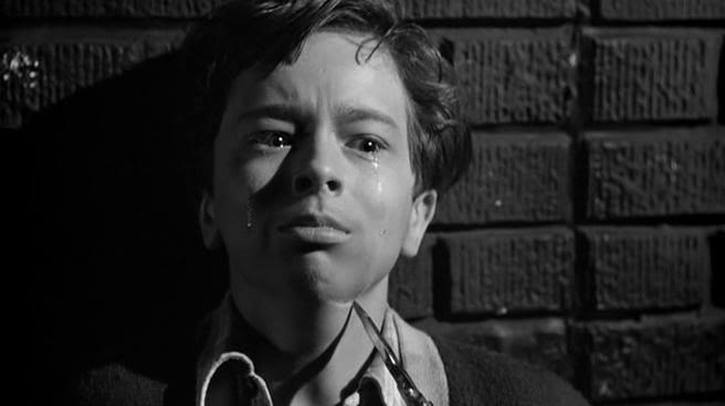
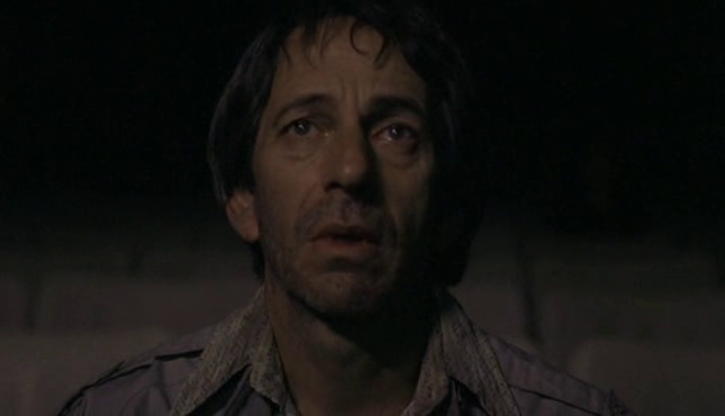
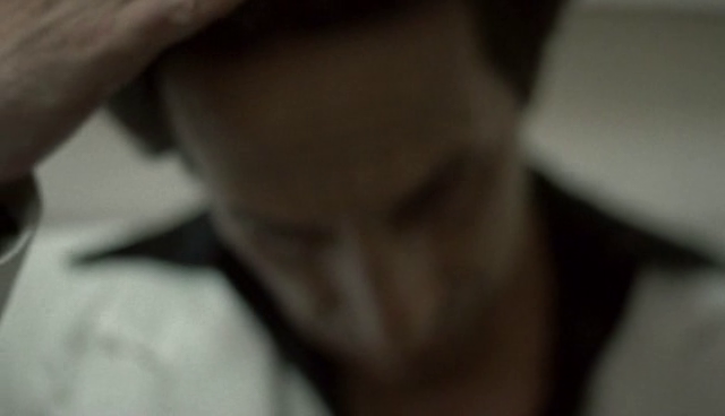
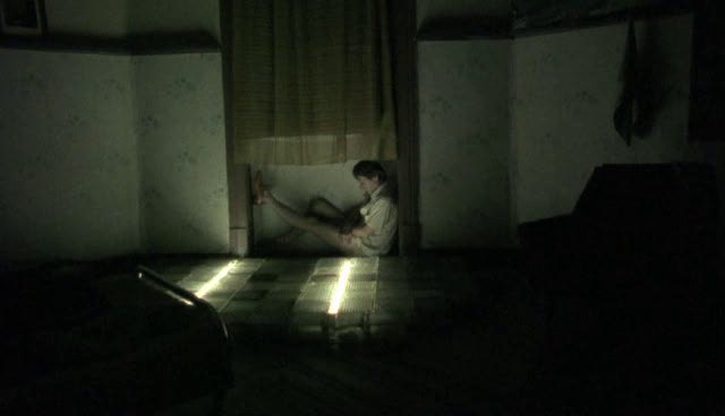
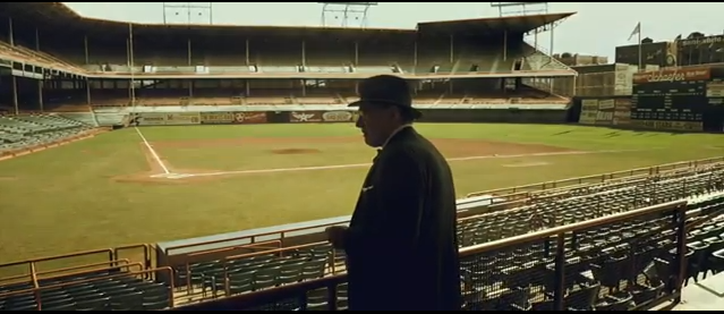
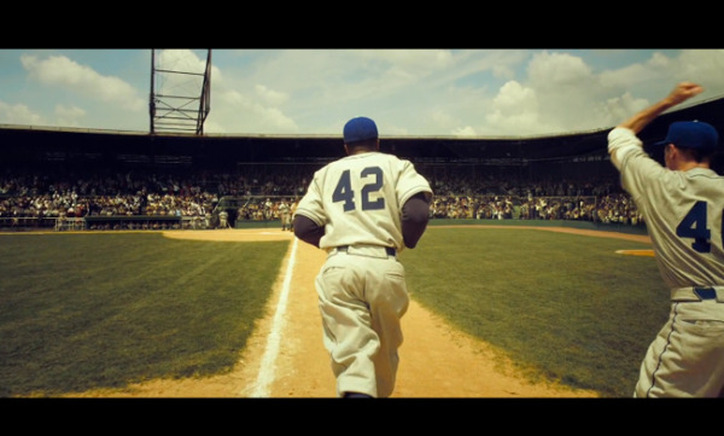
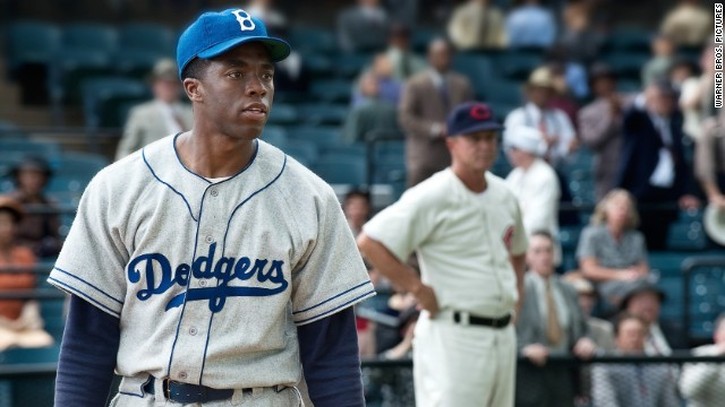
 RSS Feed
RSS Feed
